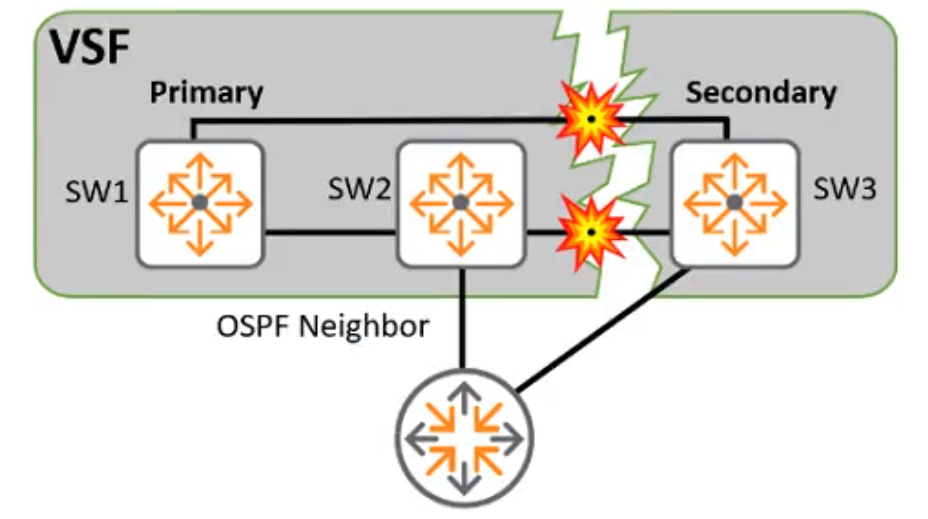At ValidExamDumps, we consistently monitor updates to the HPE6-A72 exam questions by HP. Whenever our team identifies changes in the exam questions,exam objectives, exam focus areas or in exam requirements, We immediately update our exam questions for both PDF and online practice exams. This commitment ensures our customers always have access to the most current and accurate questions. By preparing with these actual questions, our customers can successfully pass the HP Aruba Certified Switching Associate Exam exam on their first attempt without needing additional materials or study guides.
Other certification materials providers often include outdated or removed questions by HP in their HPE6-A72 exam. These outdated questions lead to customers failing their HP Aruba Certified Switching Associate Exam exam. In contrast, we ensure our questions bank includes only precise and up-to-date questions, guaranteeing their presence in your actual exam. Our main priority is your success in the HPE6-A72 exam, not profiting from selling obsolete exam questions in PDF or Online Practice Test.
Refer to the exhibit

What is true regarding VLAN 50 according to the diagram above?
Refer to the exhibit.

All switches shown are CX 6300M. The links connecting SW3 to both SW1 and SW2 are broken. Multi-Active Detection has not been enabled. What are two results? (Select two.)
In a multi-VRF environment, while performing mutual route leaking on the VRRP peers with BGP neighborship established in between and towards the upstream network, the switch installs both routes as ECMP instead of preferring the leaked route.
What happens if a VSF link fails?
If the stack topology is a ring, it will degenerate to a chain when a VSF link in the stack fails.
If the topology is a chain, a VSF link failure will result in a stack being split into two independent stack fragments.
When a stack splits and the master and standby of the stack become part of two different fragments, the standby takes up the master role for its fragment. Network disruption can result because the two fragments are simultaneously active. Aruba highly recommends enabling VSF split-detection to gracefully handle split brain scenarios.
If a stack splits and the master and standby are in the same fragment with the other members on a different fragment, the members-only fragment will:
Reboot.
Come back up.
Wait for communication from the stack master.
What is VSF split-detect?
When a stack splits, the split-detect feature provides a mechanism for the fragments to discover each other.
Once the two stack fragments are discovered, the fragment that has the primary member becomes the active fragment and keeps its front plane (non-VSF) interfaces up and running. The other fragment becomes inactive and all non-VSF interfaces on the inactive fragment are brought down to avoid network disruption.
How do I configure split-detect?
VSF supports split-detection through the management interface.
Connect the management interfaces of the primary and secondary members to the same management VLAN/network or connect them directly to one another. The CLI command to enable split detection is vsf split-detect mgmt.
What is a benefit of choosing a 3-Tier design with routing at the Aggregation layer?
Which two types of routes can be found in the IP routing table of an Aruba AOS-CX switch? (Choose two.)